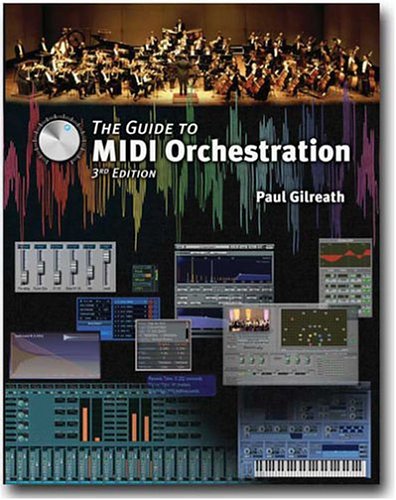

Most ebook files are in PDF format, so you can easily read them using various software such as Foxit Reader or directly on the Google Chrome browser.
Some ebook files are released by publishers in other formats such as .awz, .mobi, .epub, .fb2, etc. You may need to install specific software to read these formats on mobile/PC, such as Calibre.
Please read the tutorial at this link: https://ebookbell.com/faq
We offer FREE conversion to the popular formats you request; however, this may take some time. Therefore, right after payment, please email us, and we will try to provide the service as quickly as possible.
For some exceptional file formats or broken links (if any), please refrain from opening any disputes. Instead, email us first, and we will try to assist within a maximum of 6 hours.
EbookBell Team

5.0
100 reviewsThe book is a hardback comprehensive text comprising over 700 pages that progresses from an overview of orchestral history to in-depth discussions of each section of the orchestra. The book is printed with four color process throughout.
Detailed information on each instruments timbre, range and uses is included. Specific orchestration techniques are discussed, including how to use the various instruments for accompaniment and melody, how to approach an orchestration from the ground up and how to achieve balance and interest within the orchestration. Gilreath then shifts gears and translates these elements into the MIDI and sampling environment, providing a clear and precise approach that will allow the reader to employ the necessary techniques with assurance. Chapters on studio setup and requirements, effects processing and plug-in considerations, DAW choices and mixing guidelines highlight the text. Detailed reviews and recommendations of orchestral libraries are included. Insightful interviews with mastering engineers Bob Katz and Bob Ludwig provide useful, real-world knowledge that can be implemented in your work on a daily basis. Interviews with library developers Eric Persing, Doug Rogers, Gary Garritan and Herb Tucmadl (among others) give the reader a look into various aspects of the orchestral library development process as well as a glimpse of the future of the industr